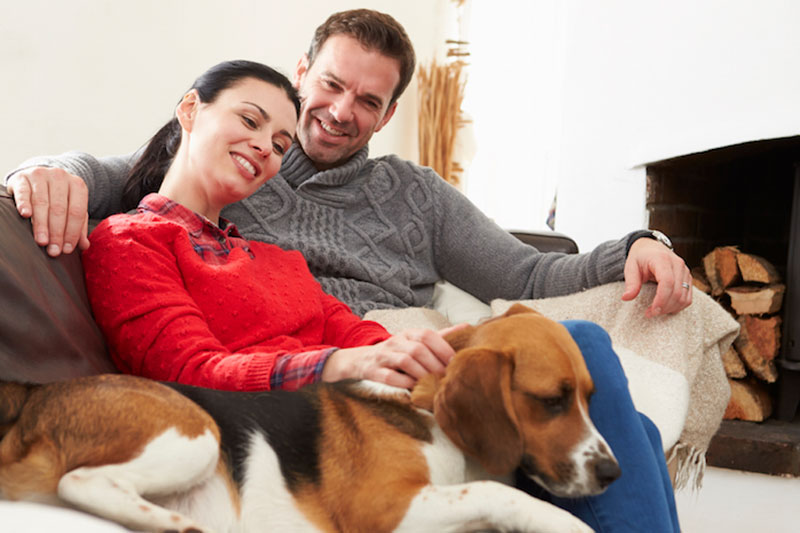
Enjoying cozy heating and cooling in York, Pennsylvania, all year appears to be a great approach. But really, how can you keep your home cozy while stopping energy costs from skyrocketing?
Having a cozy home when it’s cold isn’t as complicated as you anticipate. But occasionally you could require professional assistance if you’re experiencing hot and cold spots. Or if your equipment doesn’t heat like it previously did.
If you’re having comfort trouble or are looking for furnace repair, the heating and cooling experts at Strine's can help. Get in touch with us at 717-864-4554 to ask for an appointment right away.
In the interim, here are a few suggestions on how to set your thermostat during the cooler months.
Adjust Temps When You Leave
Setting the thermostat back 10–15 degrees while you’re at work can save 5–15% on your utility costs, according to the Department of Energy. If your home is empty during the day, this is a great method to reduce expenses. And when you think about what just 5% could do for your utility expenses, that can make a big difference!
Decrease Temperatures for Sleeping
You can also lower the temp before you fall asleep. It actually benefits more than merely your heating expenses! A good temperature for going to bed is 60-67 degrees, according to the National Sleep Foundation. Your body cools down naturally to help you sleep, so keeping your sleeping area chilly could help you fall asleep more easily.
Invest in a Smart Thermostat
One idea to consider if you don’t already use it—a smart thermostat. You won’t have to walk over to the thermostat to change it. In fact, you can lower it from nearly anywhere with your web-enabled device. A Wi-Fi thermostat also adjusts to your family’s schedule and instinctively changes the temperature to help you save more on heating.
Relax in a Comfier House with Support from the Heating and Cooling Professionals
Even if you don’t make extreme changes to your temperature, a tiny adjustment can benefit your energy costs.
While you are getting your thermostat under control, there are several other things to consider during the winter.
- Set an appointment for annual furnace maintenance. Heating service makes sure your system is operating appropriately and could help make your heater more efficient.
- Take a look at your furnace filter. If you don’t notice light through it, you’re due to get a new one.
Both of these steps will help make sure your heater is in ideal form to keep your house comfortable.
If you need help having a smart thermostat or have HVAC concerns, contact the specialists at Strine's to receive outstanding advice. You can get in touch with us at 717-864-4554 or request an appointment online.
